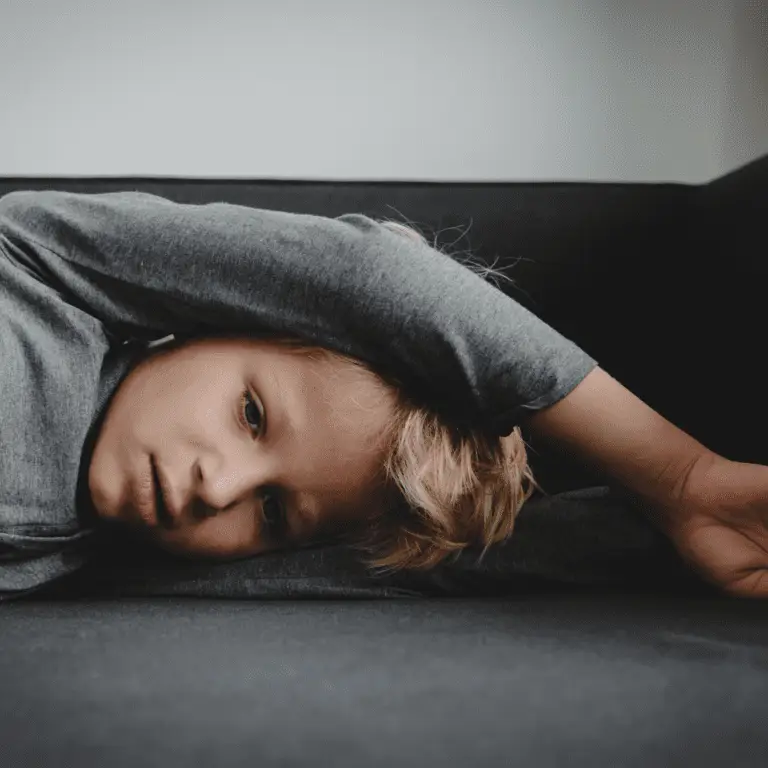Do you have a highly sensitive child who shows abnormal reactions to all kinds of things that don’t bother most kids? Is your child overly cautious, an extremely picky eater or terrified for no apparent reason?
These could be symptoms of sensory processing disorder or SPD, which often lead to anxiety. So, a child may experience sensory overload anxiety, but just how are SPD and anxiety-related? This article discusses the relationship between sensory overload issues and anxiety.


How Are SPD and Anxiety Related?
The condition affects how the brain interprets nerve signals from the various senses, including sensory inputs such as touch, taste, hearing smell, and sight. Normal events and activities often trigger sensory overloads in people with SPD and may cause panic attacks, stress, and troubling physical symptoms.
Many parents become troubled themselves when they uncover evidence that a child has problems with sensory integration and brain development. SPD can cause kids to throw tantrums, destroy their clothes, refuse to eat certain foods, and withdraw from social activities.
The brain receives the same information in people with SPD, but the data don’t get properly organized in ways that trigger appropriate responses. It’s like a traffic jam in the nervous system, and kids are especially vulnerable as they strive to interpret sensory signals that don’t make sense to them. [1]
The disorder can affect anyone, but between 5 percent and 16 percent of children show symptoms of the condition.
Related Read: Anxiety in Kids – What Parents Need to Know & How to Help
Children with SPD tend to show wildly inappropriate behavior. The disorder affects gifted children and those with ADHD, fragile X syndrome, and autism at even higher rates. [1] SPD can be the cause of great stress, so children with the disorder often become extremely anxious about all kinds of things such as routine social interactions, the fit, and texture of their clothes, crowds of people, noises, physical contact, and other sensory stimuli.
